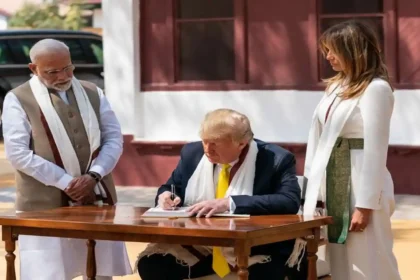New Delhi, July 14, 2025 – An Indian defense analyst named Saurav Jha has raised concerns about a potential new threat to India’s air defenses, warning that China and Pakistan could team up to deploy high-flying swarm drones. These drones, designed to fly at altitudes beyond the reach of India’s low-level air defense systems like the L-70 guns, aim to overwhelm India’s missile defenses, according to a report by the Indian Defence Research Wing (IDRW). The strategy could involve exhausting India’s air defense missiles before launching cruise or ballistic missile strikes.
The warning comes after recent India-Pakistan tensions, particularly Operation Sindoor in May 2025, where India’s air defenses successfully neutralized over 600 Pakistani drones, including Turkish-made Songar and Byker YIHA III models, as reported by The Times of India. Pakistan’s drone fleet, supported by Chinese and Turkish technology, includes advanced systems like the CH-4 and Bayraktar Akinci, noted for surveillance and precision strikes, according to a BBC report. However, India’s multi-layered defense grid, featuring the S-400, Akash, and Akashteer systems, proved effective against these threats.
Analysts suggest the Sino-Pak axis may now focus on high-altitude swarm drones to bypass India’s ground-based defenses. These drones could gather intelligence and target critical military sites, as seen in Pakistan’s earlier attempts to map Indian radar systems during Operation Bunyaan al-Marsoos, according to Eurasiantimes. India’s response includes developing its own swarm drone technology, with systems like the Bhargavastra counter-drone platform and DRDO’s air-launched anti-radiation drones for the Navy, as per IDRW reports.
The growing drone threat has pushed India to strengthen its air defense network. The Indian Army is collaborating with private firms to develop low-cost anti-drone systems to counter swarm attacks, IDRW noted. As both nations advance their unmanned aerial capabilities, the region faces a new chapter in drone warfare, raising concerns about escalation in South Asia’s volatile security landscape.







